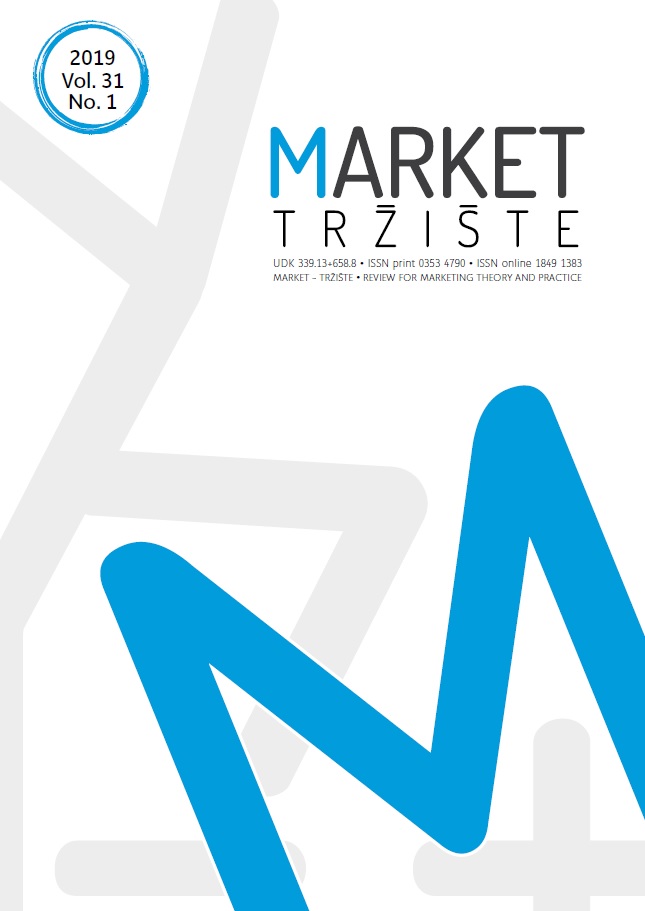Sustainable Competitive Advantage of SMEs through Resource and Institutional-Based Management: An Empirical Study of Batik SMEs in Central Java, Indonesia
Sustainable Competitive Advantage of SMEs through Resource and Institutional-Based Management: An Empirical Study of Batik SMEs in Central Java, Indonesia
Author(s): Edy Dwi Kurniati, Indah Susilowati, Suharno SuharnoSubject(s): Economy, Marketing / Advertising
Published by: CROMAR (Hrvatska zajednica udruga za marketing) i Ekonomski fakultet Zagreb
Keywords: competitive excellence; market capacity; financial capacity; technological and innovative capacities; access to resources; cooperatives
Summary/Abstract: Purpose – The aim of this study is to find out and to analyze the capacity for developing small and medium-sized enterprises (SMEs) of batik in Central Java, Indonesia. Batik is a traditional hand-crafted dye-resist textile, rich in intangible cultural values that has been passed down for generations. Batik refers to either a technique of wax-resist dyeing applied to whole cloth or cloth made using this technique originating from Indonesia.Design/Methodology/Approach – The primary data was collected by interview method with one hundred respondents who are batik entrepreneurs in Central Java, Indonesia. The data collection was carried out using the focus group discussion (FGD) method. Secondary data was used to enrich the analysis. A quantitative model was examined through empirical analysis to fulfill the proposed aim of the research.Findings and implications – The result of this research shows that business scale, market access capacity, and financial capacity all influence the competitiveness level of batik SMEs. Furthermore, cooperatives can strengthen the influences of market capacity and financial capacity on the competitiveness of SMEs although they are not effective in strengthening the technological and innovative capacities of SMEs. This study shows that SMEs in the form of batik industries can become a high-earning industry with high performance if they have the ability to compete.Limitations – This research is limited in scope with regard to its approach to resources. The institutional study is only viewed from the angle of cooperatives, which are one of various forms of non-market management.Originality – The novelty of this research lies in the discovery of the role of cooperatives in supporting the competitiveness of SMEs.
Journal: MARKET/TRŽIŠTE
- Issue Year: 31/2019
- Issue No: 1
- Page Range: 61-82
- Page Count: 22
- Language: English, Croatian

